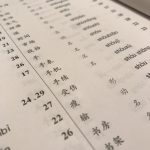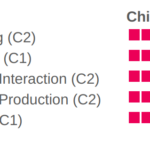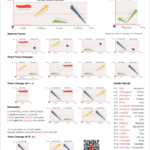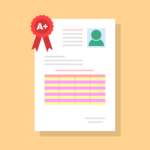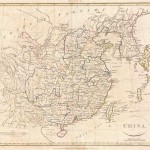Articles tagged with ‘TOCFL’
-
Vocabulary lists that help you learn Chinese and how to use them
Learning new characters and words from a list is rarely a good idea, but there are exceptions! Let’s have a look at five types of vocabulary lists how to use them to learn Chinese.
Read → -
What important words are missing from TOCFL?
TOCFL is the standard test of Chinese proficiency in Taiwan. The official lists cover a total of 8000 words spread over 6 levels, but what words are common, yet missing or delayed in these lists? This article strives to answer this question. As a student, you probably want to check the missing and delayed words to plug holes in your Chinese vocabulary!
Read → -
How to figure out how good your Chinese is
Figuring out how good your Chinese is can help you focus on the right areas and evaluate your learning methods. But language assessment is hard! This article describes how and why you should assess how good your Chinese is, and gives you tools and resources to do so.
Read → -
How important is reading speed on tests like HSK and TOCFL?
Reading speed is an issue on proficiency tests like HSK and TOCFL. But how much of a problem is it? How fast do you need to read? This article discusses the role of reading speed on proficiency exams.
Read → -
Chinese reading speed revisited
Learning to read Chinese is an achievement in itself, but how fast you can read also matters, regardless of your level. So how do you increase your reading speed in Chinese?
Read → -
Focusing on tone pairs to improve your Mandarin pronunciation
When learning to pronounce tones in Chinese, it makes sense to focus on words rather than single syllables. Most words in Mandarin are disyllabic and since practising these will also include tone changes (sandhi), focusing on tone pairs is recommended. This article gives you all HSK and TOCFL words, sorted by tone! First all [first tone] + [first tone], then all [first tone] + [second tone] and so on. This is great for students who need words to practise difficult combinations, but it’s also useful for teachers.
Read → -
How to get good grades when studying Chinese
Ideally, we would study Chinese just because we want to and in any manner we see fit, but this isn’t how it works for most students. Instead, we need to care about tests and grades, an extra layer added on top of our own personal goals and ambitions. This article is about studying Chinese when those tests and grades really matter, a kind of basic survival guide for both exams and courses.
Read → -
Chinese reading speed: Learning how to read ten lines at a glance
Reading quickly is useful when taking tests and in any situation where you want consume large volumes of test. However, simply reading a lot is not the most efficient way to reach high speeds, you actually need to focus on reading speed to do that. In this article I discus various methods, tips and tricks, along with some thoughts on goals and problem analysis.
Read → -
Mapping the terra incognita of Chinese vocabulary
When it comes to vocabulary, it is sometimes difficult to cover all the necessary areas. If we move on to more advanced levels, we need to make sure that we actively strive to plug the holes that might exist on more basic levels. This article is about strengthening the foundations and expanding vocabulary.
Read →
